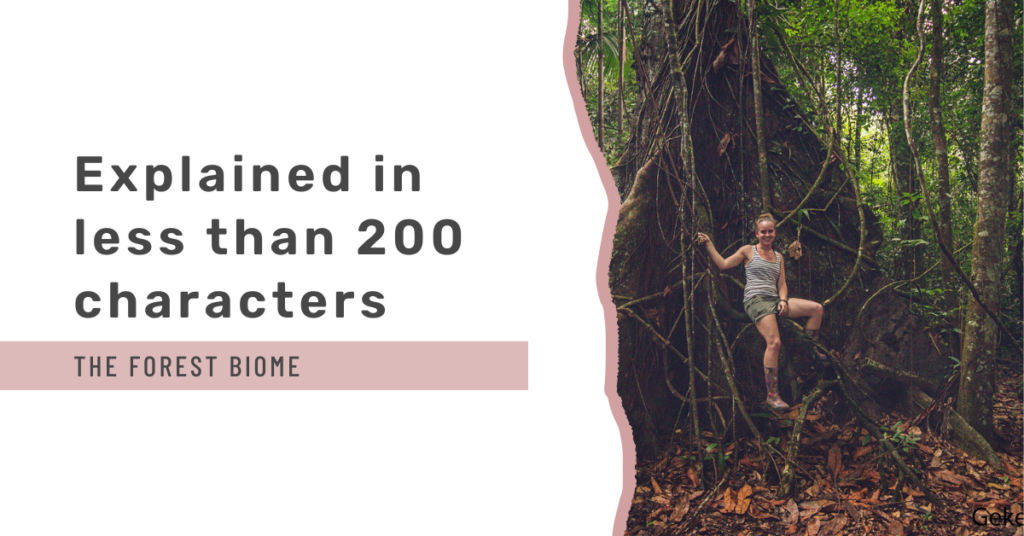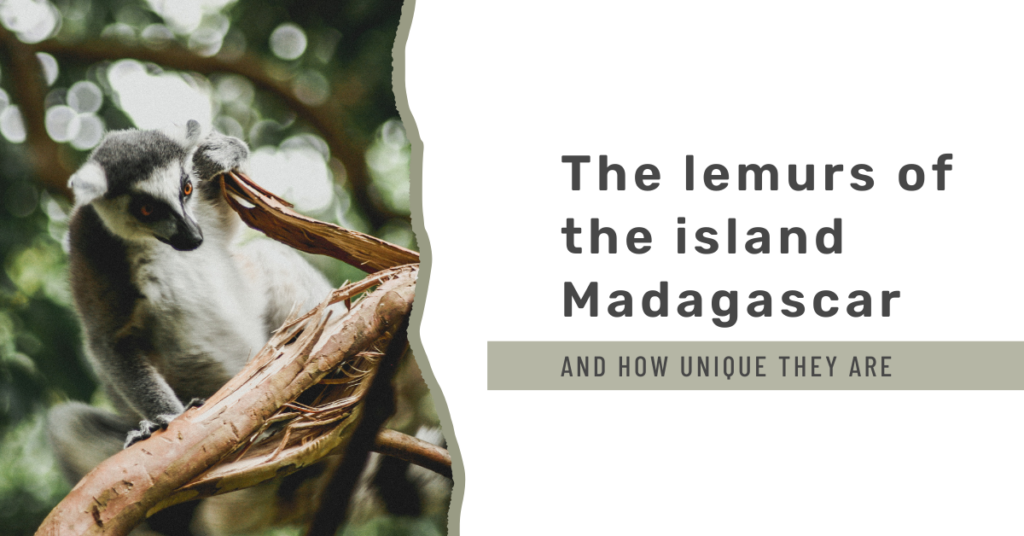On Instagram, I frequently discuss terms like ‘endangered species’ or ‘vulnerable species’. What exactly do these designations signify, and why are they ascribed to particular animals and plants? These classifications are determined by the International Union for Conservation of Nature (IUCN). Which employs a globally recognized set of conservation categories to assess the status of rare and endangered species. Let’s delve into these nine distinct categories to gain a comprehensive understanding of their significance.

The Red List criteria for endangered species
The chart provided above offers an overview of the distribution of all the conservation categories. Species are categorized using the IUCN Red List criteria, which encompass the following factors: A) Observable reduction in the number of individuals. B) Total geographical area occupied by the species. C) Predicted decline in the number of individuals. D) Number of mating individuals currently alive. E) Probability of the species going extinct within a specific number of years or generations.
The initial step involves determining whether a species has been evaluated or not. This isn’t a straightforward task considering the vast number of species on Earth. There are currently approximately 390,900 different plant species and around 1.5 million animal species. Scientists estimate that the actual number of animal species could range from 5 to 10 million. As you can imagine, it’s impossible to assess every single one of these animal and plant species. Presently, the IUCN database contains data on 110,000 evaluated species, with 31% of these belonging to the invertebrate category. Making it the most thoroughly evaluated group. This means that millions of species remain unevaluated (NO).
Numerous species have been the subject of evaluation attempts. However insufficient data regarding their distribution and/or population status often hinders the assessment process. This limitation is particularly prevalent for very rare animals or less well-known species. There are considerably fewer researchers dedicated to studying isopods, for instance, compared to those focused on African rhinos. Species lacking sufficient data for a comprehensive evaluation receive the label ‘data deficient’ (DD).
Lower risk
Once a plant or animal species undergo evaluation, they are assigned to one of the eight remaining categories. Which encompass various levels of risk, from lower risk to threatened, and ultimately, extinct. Let’s begin with the category of “least concern” (LC). Within the “least concern” (LC) category, you’ll come across species that are described as widespread and abundant. Progressing one level higher, we encounter “near-threatened” (NT) species. These species do not currently meet the criteria for placement in one of the threatened categories but are considered to be at risk of doing so in the near future.
Threatened
Within the threatened subgroup, we have three distinct categories: vulnerable, endangered, and critically endangered.
Starting with the “vulnerable” category, species classified as vulnerable face a high risk of extinction in the wild. The criteria for a species to be classified as “vulnerable” include an observed or suspected population size reduction of 50% or more in the last 10 years or over the span of three generations. A reduced geographical range smaller than 20,000 km². A population with fewer than 10,000 mature individuals, and a probability of extinction within the next 100 years of at least 10%. Currently, the IUCN lists 6,362 animal species, 7,430 plant species, and 105 fungi species as Vulnerable (VU).
The “endangered” category signifies that a species is facing a very high risk of extinction in the wild. To belong to this category, a species must meet specific criteria. An observed or suspected population size reduction of 70% or more in the last 10 years or over three generations. A reduced geographical range smaller than 5,000 km². A population with fewer than 250 mature individuals, and a probability of extinction within the next 100 years of at least 20%. Presently, there are 5,108 animal species, 6,557 plant species, and 66 fungi species listed as endangered (EN).
Lastly, the “critically endangered” category is reserved for species facing an extremely high risk of extinction in the wild. For a species to be classified as critically endangered, it must meet specific criteria. An observed or suspected population size reduction of 90% or more in the last 10 years or over three generations. A reduced geographical range smaller than 100 km². A population with fewer than 50 mature individuals, and a probability of extinction within the next 100 years of at least 50%. Currently, the IUCN lists 3,265 animal species, 3,520 plant species, and 22 fungi species as critically endangered (CR).




Extinction
In the realm of extinction, there are two possibilities: “extinct in the wild” and “completely extinct.” When a species receives the categorization of “extinct in the wild” it signifies that the species has ceased to exist in its natural habitat. And is now exclusively found in cultivation, captivity, or as a naturalized population well outside its original range. At present, there are 38 animal species and 39 plant species listed in the “extinct in the wild” category (EW).
When there is no reasonable doubt that the last individual of a species has died, experts declare the species “extinct.” Thorough research, conducted in known and expected habitats, and at appropriate times, such as during different seasons and years, throughout the species’ historical range, fails to record any individuals. Currently, the IUCN lists 762 animal species and 120 plant species as “extinct” (EX).
Want to support my work?
I spend a lot of time keeping this website filled with educational content and keeping updates about what I do to achieve my dream of working and living in Africa. Do you want to support me? You can buy me a coffee or purchase one of my digital prints. All proceeds will go towards my elephant research and the time spent on this website.







